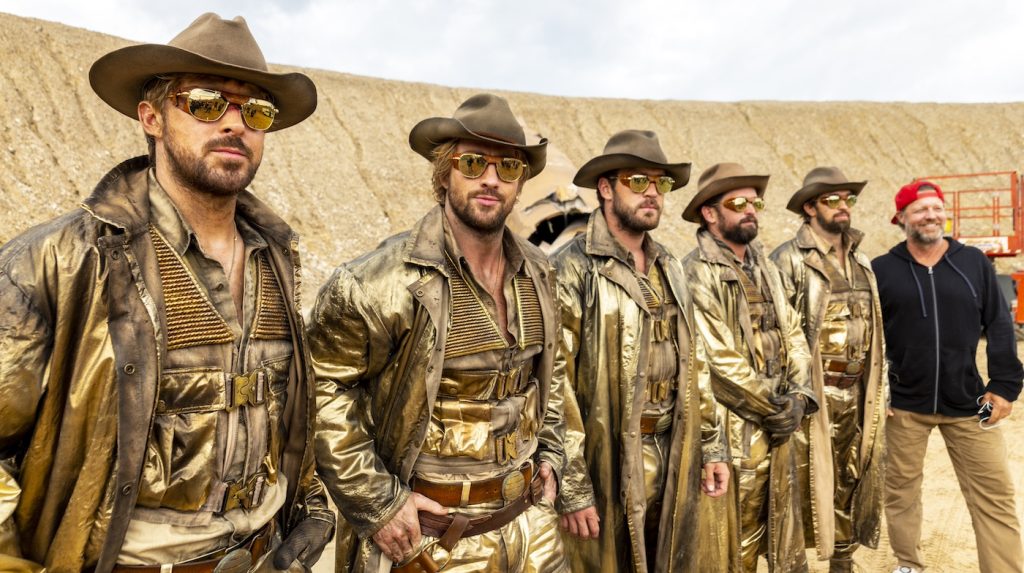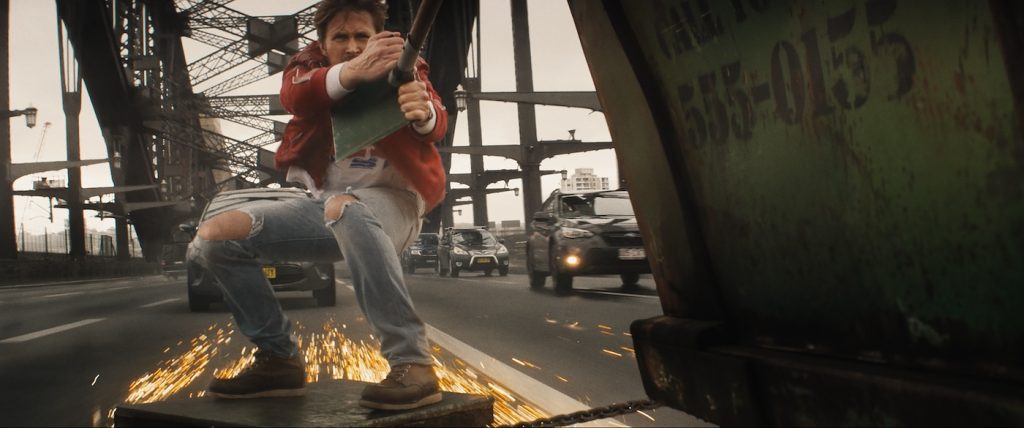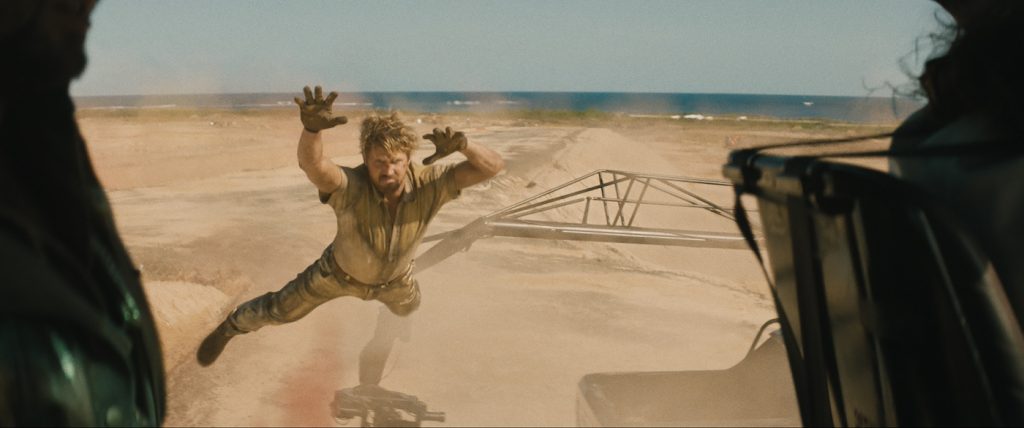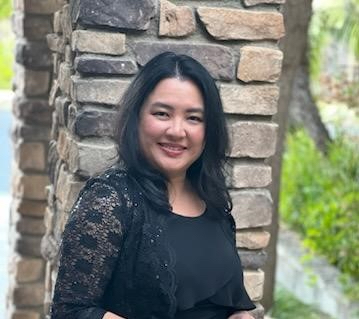“The Fall Guy” Sound Designer Mark Stoeckinger on Capturing Ryan Gosling’s Wild Ride
A three-time Oscar nominee, Mark Stoeckinger has worked on five of the six features by stuntman-turned-director David Leitch, starting with 2017’s action thriller Atomic Blonde. No stranger to actioners, the veteran sound editor also led the sound team on all four John Wick films (which Leitch also produced). The Fall Guy is a cinematic love letter to the unsung heroes of the filmmaking business, an uproarious action comedy with a winsome love story that’s a throwback to old-fashioned movies and has one simple goal – to deliver a nonstop thrill ride.
Inspired by Lee Majors’ 1980s TV series, Ryan Gosling’s stuntman Colt Seavers comes out of retirement in The Fall Guy after a gnarly fall on the job to save his ex-girlfriend and first-time director Jody’s (Emily Blunt) movie by tracking down the missing diva star, Tom (Aaron Taylor-Johnson). Colt soon stumbles into a web of lies and menace, unleashing a deluge of propulsive stunts, including a record-breaking cannon roll, a 225-foot car jump, and a wild chase on a spinning dumpster truck careening down a bridge.
Ahead of the premiere, Stoeckinger spoke with The Credits about how his sound team balanced the need to convey the visceral thrills while keeping the comedy and dialogue in focus.
With your long history with David, what can you tell us about his sonic palette?
David likes the action beats to be really visceral—big and dynamic—so you want the sound of the punch or impact to overwhelm the body’s reaction. As Colt says, “Honestly, it all hurts.” Since we’ve developed tracks for him over the years, we understand his aesthetic palette and lean into that. His films are a brand, so we want the sound to be true to that brand.
This is a very personal film for David because it’s a love letter to the stunt community. How did that play into the sound?
That’s why I wanted our work to ring true to what’s important to David and that community. I go back to the fact that it hurts, but make it energetic. The stunt performers work very hard but are so stoic about it—the action speaks for itself; they don’t need to talk about it.

This film also includes a co-supervising sound editor, Paul Soucek. Is it common to have two supervising sound editors on a film?
It doesn’t happen that often but on this one, I really wanted somebody to help me with the logistics of running a film this complicated so I could focus on the creative aesthetics.
Did your team start during production?
Not until we finished shooting. We worked on sequences as they were cutting the film. Elísabet Ronaldsdóttir [picture editor] went over the sonic challenges, which could be as simple as fixing dialogue. Not only is the cannon roll a pivotal event in the story, it made movie history with eight-and-a-half rolls. So, we had to keep it crazy, destructive, interesting, visceral, and dangerous. There’s a lot destruction, but you don’t want it to be just a wall of noise. You want to hear all the specific parts breaking, impacting, coming off. Sequences like that get really cut up sonically, using only a piece of a sound, not the whole thing; otherwise, it would obscure whatever comes next. It also couldn’t be too over-the-top because it has to sound believable.
Was any of the sound captured during production used?
Nothing captured in production on that was usable. There’s a joke in the beginning where a sound guy says, “We’re not rolling sound.” There’s no production sound on sequences like that because it would just be a wall of noise with the helicopter overhead and ocean waves. For example, a real car crash sounds nothing like they do in movies. A real one, with everything being plastic now, you’d just hear a plastic crunch. Where in movies, you lean into the metal aspect, so it’s more impactful.
What were the bits of sound that you put together for these action set pieces?
We’re out recording and making sounds all the time, so we have a pretty good database to find sounds of a metal pole snap, car crash, fender rip, a body falling onto a hood, pulled brakes, tires running over things, and you take that whole palette and blend it into something that works with the visual. Then you add sounds of velocity, like whoosh-y type sounds that hopefully don’t stand out because the whole idea is to give it a sense of energy and movement. For sequences that have a lot of music and action, you don’t want a wall of noise. The most important thing is the comedy and the dialog—you don’t want to get in the way of that.
What about the garbage truck chase when Colt was fighting Dressler (Ben Knight) as they tear through the Sydney Harbor Bridge?
You go shot by shot instead of using any sounds consistently. If a shot has a lot of destruction and spinning, you don’t want any constant sounds. Once we put the shots together, re-recording mixer Frank Montaño sculpts it even further into something that blends with the music, giving it more perspective to make it interesting and dramatic. It’s highly manipulated. The sound of metal grinding is not a pleasant sound. So, you’ve got to pitch it down or filter it so the audience gets it, but it doesn’t piss them off. We make sure there are no frequencies that really hurt but still give it that exciting feel.

Since this movie is almost wall-to-wall stunts, a lot of the dialogue happens in the chaos. How do you work that out?
There’s a lot of work that goes into dialogue editing/ADR. When Colt is on the phone with Jody while he’s in the middle of the boat chase telling her how much he loves her, they recorded that in a metal boat, and the swashes [of the water] were banging around on that boat, but you can’t have that in such a tender scene. Over the course of a week, our dialogue editor used a lot of special tools to take out most of those boat bangs—it saved the scene. Ryan Gosling was so happy that he didn’t have to loop that scene. There’s a lot of work to take the noise out of what we recorded on location to make things feel smooth and cohesive or add things from other takes that work in a different shot to flesh out the track. It’s very much a tapestry of various sources of sound.
Are there any techniques that would surprise the viewer?
When Colt is working as a valet and takes the Challenger Hellcat for a wild spin in the garage—there are a couple of animal sounds in that to give it energy, which might not be obvious. Every fight scene has a bit of a whoosh element right before the hits, which helps your ear register that something’s about to hit before it happens. It’s very subconscious, but it works.
What do you use to make the various whooshing sounds?
You can take anything and turn it into a whoosh by speeding it up and filtering it, or take things and walk through the air. You take a cloth and get this ripple right before a punch. There are all sorts of little esoteric sounds that go into these that are more than meet the ear.
Let’s talk about the wild helicopter chase in the end— Colt hangs on mid-flight while flinging himself from one skid to another, fighting Tom and the producer, Gail (Hannah Waddingham).
They weren’t in a real helicopter, but it was still loud with the fans and other things. So, you suggest the helicopter [is there] so the audience doesn’t feel it’s missing. It’s really about the dialogue, music, fights, and falls. When Colt jumps from skid to skid, he does it in slow motion because we’ve got this movie convention that’s been around for years, so we add in some of that whoosh and non-literal sounds. Since The Fall Guy is an homage to the TV series and stunts, you lean into that and have fun with it. If those sounds weren’t there, you’d miss them because we’re used to them.

Towards the end, Colt flees on the boat and steers it with his hands zip-tied behind his back. What went into that sequence?
There’s no production sound except for the dialogue, which wasn’t looped, so he was actually going at speed. Boats are hard because they don’t accelerate fast like a car. So, you speed sounds up or put little dragster sounds in with the boats because it has a distorted quality, which I think we associate with power.
When Colt’s drink is spiked at the club, he gets into a funny but savage fight while hallucinating.
His distorted vision gives us a lot of choices, like big, weird, developing low frequencies with other sounds mixed in to make it sound trippy. There’s no music in that sequence as soon as the fight begins. It was cut so well, which allowed the sound to carry that sequence without feeling a lack of energy, even without any music. When he uses the champagne bottle as a weapon and pops the cork, we added sparkler sounds or little jet sounds to make it really blossom.
What about some of the non-action and comedic scenes, which were also crucial to the story?
What’s important in the sound of this movie is life—they’re on a movie set. So, the sound of all the crew milling around were taken from real recordings. We found some tracks and used the bits and pieces to put them together. Production sound is about capturing the dialogue with the actors in the best possible way; most everything else is layered in by sound design to bring the story to life.
The Fall Guy opens in theaters nationwide on May 3rd.
For more on The Fall Guy, check out these stories:
Ryan Gosling and Mikey Day Appear at “The Fall Guy” Premiere as Beavis and Butt-Head
Ryan Gosling’s Off the Rails in New “The Fall Guy” Trailer
Featured image: Ryan Gosling is Colt Seavers in THE FALL GUY, directed by David Leitch



